
How to Grow Bitter Melon Growing Bitter Gourd in Pots
Contents. 1 Ultimate Guide to Growing Bitter Melon: Tips and Tricks for Success. 1.1 Choosing the Right Variety. 1.1.1 Consider Climate and Growing Conditions; 1.1.2 Research Different Varieties; 1.2 Preparing the Soil. 1.2.1 Test the Soil pH; 1.2.2 Amend the Soil with Organic Matter; 1.2.3 Ensure Proper Drainage; 1.3 FAQ about topic How to Grow Bitter Melon: A Comprehensive Guide

Growing Bitter Melon Is Easy With 2 Old Bags YouTube
Cost-effective: Start by soaking the bitter melon seeds in water for 24 hours before planting. This will help soften the seed coat and improve germination. Once soaked, plant the seeds about 1 inch deep in small pots or seed trays filled with moist soil. Keep the soil consistently moist, but avoid overwatering as it can lead to root rot.
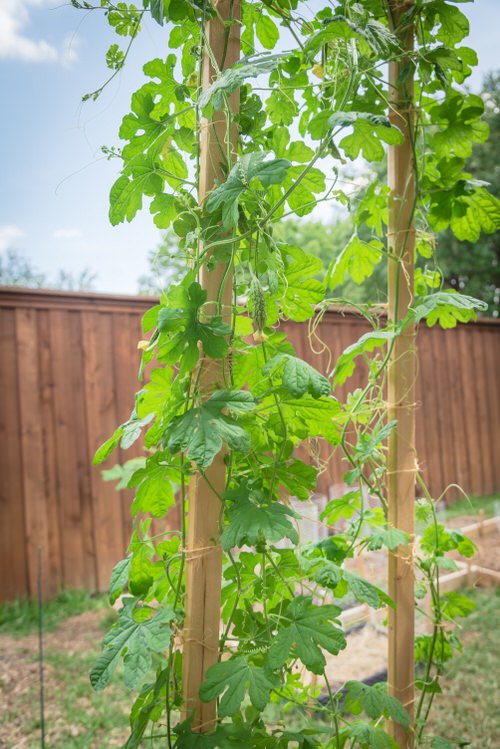
How to Grow Bitter Melon Growing Bitter Gourd in Pots
Planting bitter melon. After the frosts, the young plants can go outdoors in a warm and sheltered place with a planting distance of 30 x 40 centimeters (12 x 16 inches). But the best harvest success is achieved in the greenhouse. Alternatively, you can keep the plants in large planters. In any case, attach a climbing aid, such as a trellis or.

How To Grow Bitter Melons A Guide From Planting To Harvesting Gardening ABC
Sow the seeds (or transplant the seedlings germinated indoors) 12 inches (30 cm) apart. If you're growing bitter melon along a fence, you can space the plants out as far as 10 feet (3 meters). These plants can thrive in hot and humid conditions and will climb over any surface in no time.
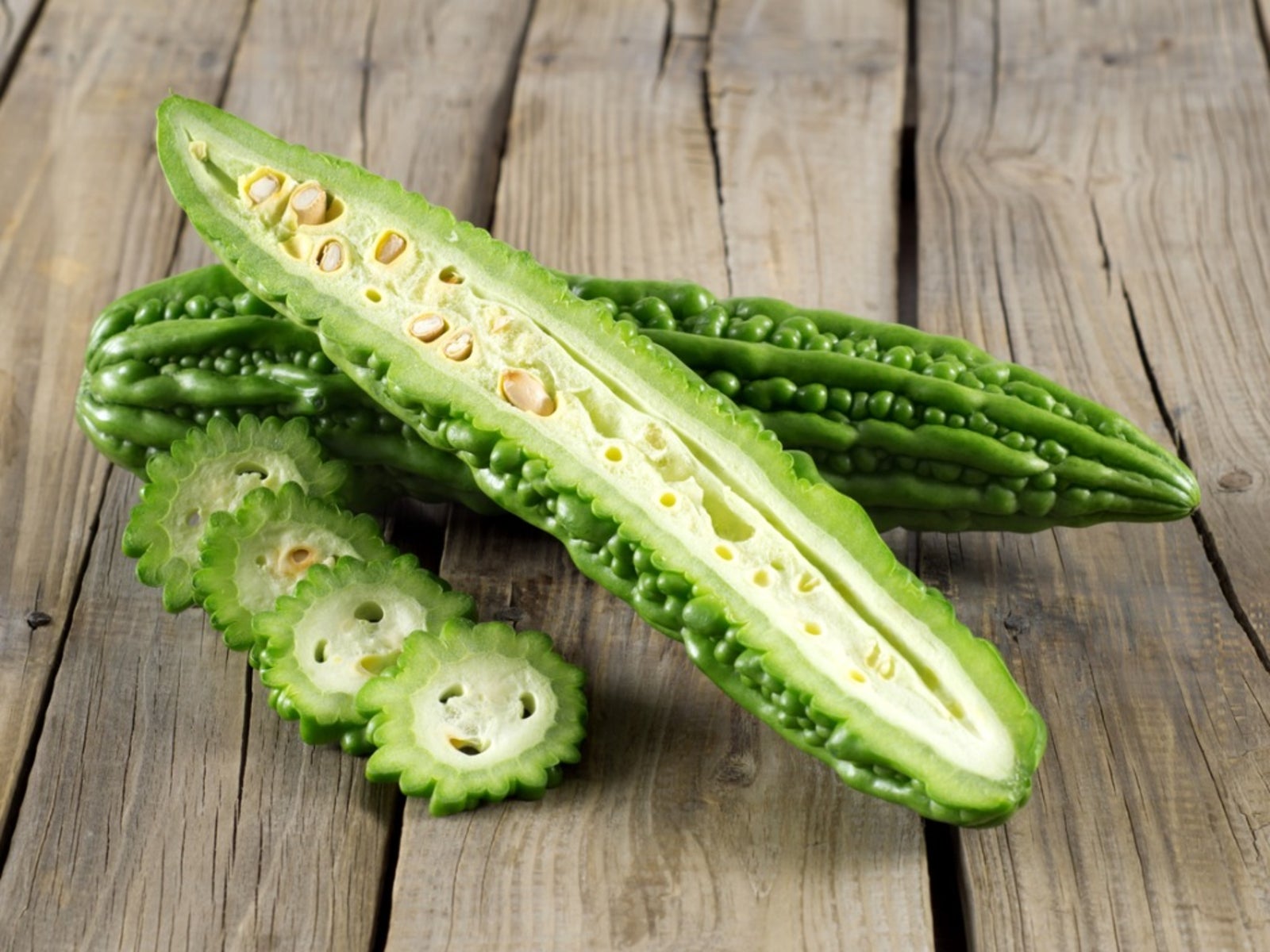
Bitter Melon Information How To Grow Bitter Melon Vines
How To Plant Bitter Melons: Bitter melons take around 10-15 days to germinate. But if you want to fasten the process, soak the seeds in water for 48 hours. Then crack open the seed cover with a pin without damaging the inner core of the seed. Sow 1 or 2 seeds at 2 cm depth.
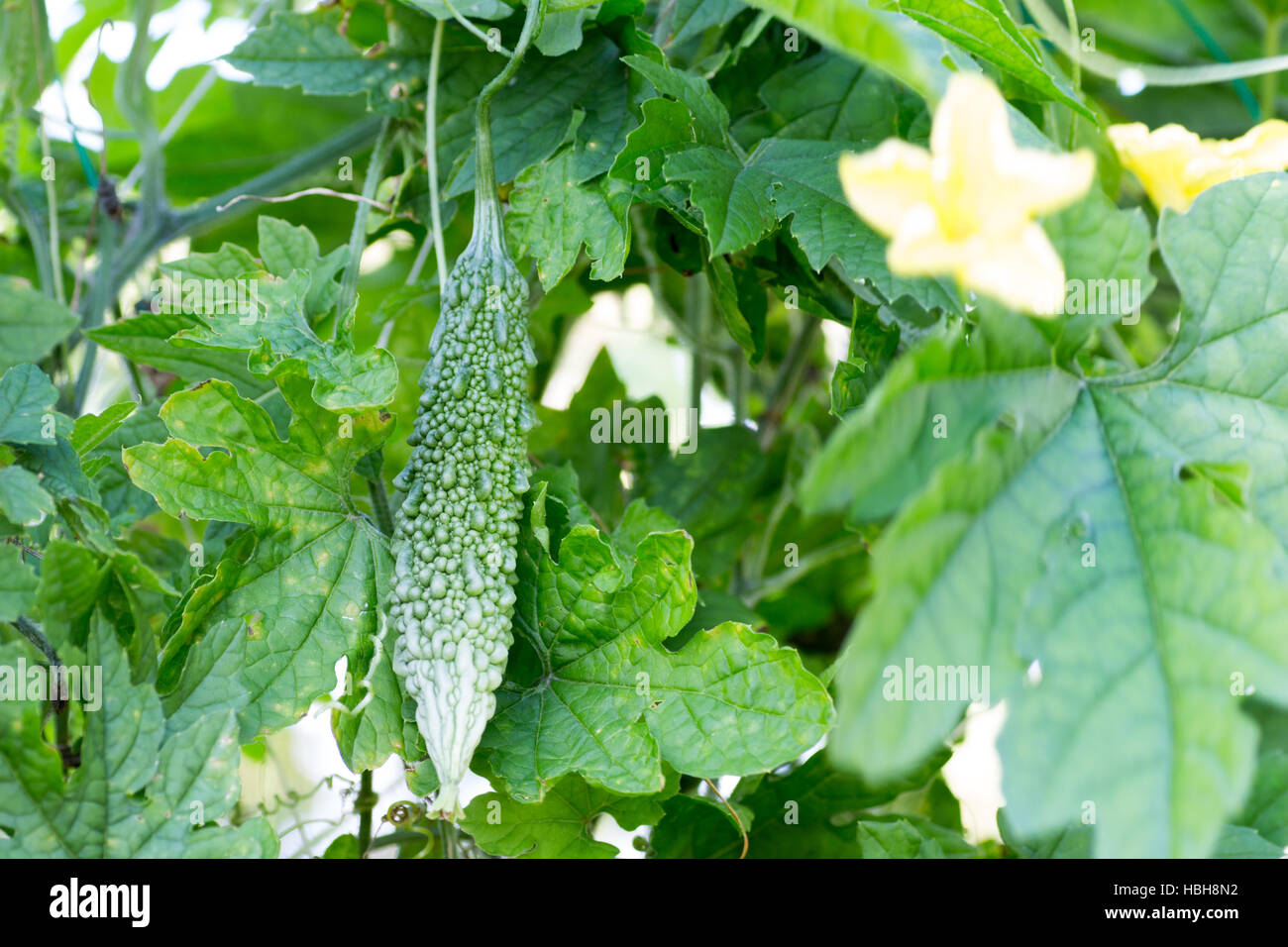
Growing a bitter melon on farm Stock Photo Alamy
Here's how: Soak the seeds overnight, starting in warm water. Once soaked, you can plant the seeds 3/4-inch/2cm deep in small pots or a seed tray on a heated mat. (We've found a heated mat to be essential to germination for these seeds.) If you don't have one, you can put the pots/seed trays above a warm radiator.

How To Grow Bitter Melon Grow Bitter Melon In Container Daily Life and Nature YouTube
Planting Bitter Melon: Before planting, make sure to have a trellis ready as bitter melon has rapidly growing vines. Make sure that each trellis is at least 6 feet tall and 4-6 feet apart. Grown as an annual crop, bitter melon seeds can be purchased either online or at your local nursery. Start planting when all danger of frost has gone.
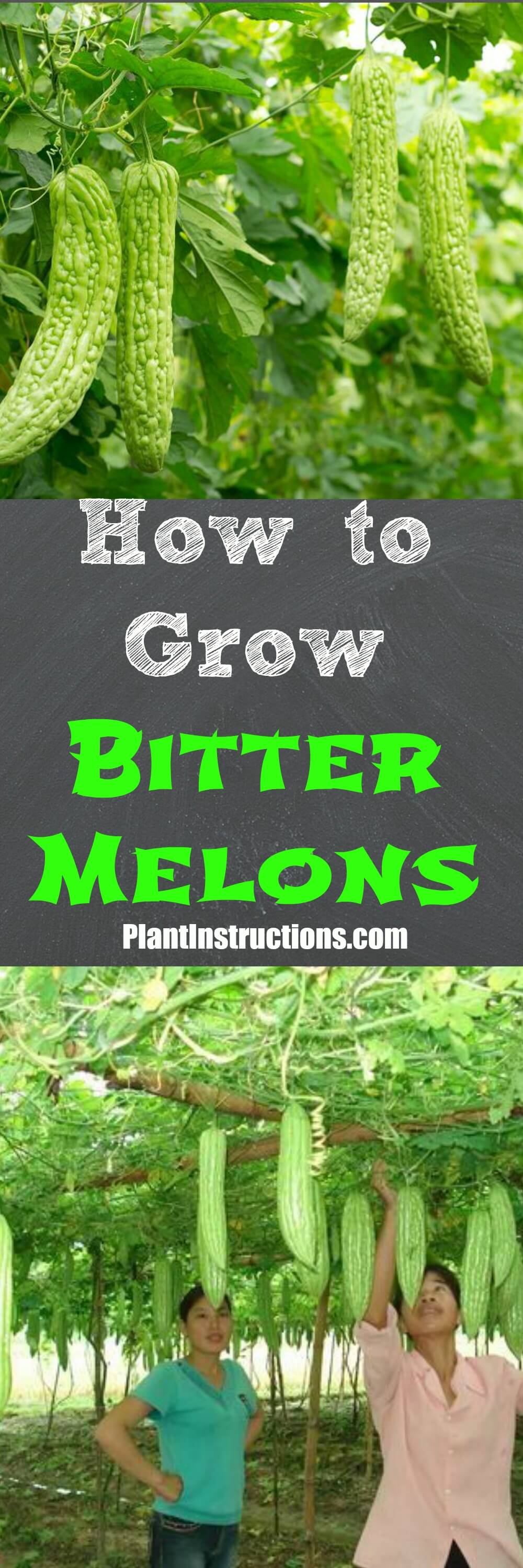
How to Grow Bitter Melon Plant Instructions
As bitter melon is growing, the optimal daytime temperature should average about 80°F. Planting Seeds. Sow bitter melon seed at least 3 inches deep and 12 inches apart. You should see germination around day 8 to 12. Container Planting. You can plant bitter melon in pots. Just make sure the pot is well-draining and is at least 10 gallons in volume.

How To Grow Bitter Melon Misfit Gardening
How To Grow Bitter Melon. Jan 28, 2022. Latin name Momordica charantia, bitter melon is a widespread crop with countless medicinal and culinary uses from many different cultures and can be easily incorporated into many meals! It is fast growing, requires very little care and thrives in hot weather! It goes by many names, including goya, balsam.
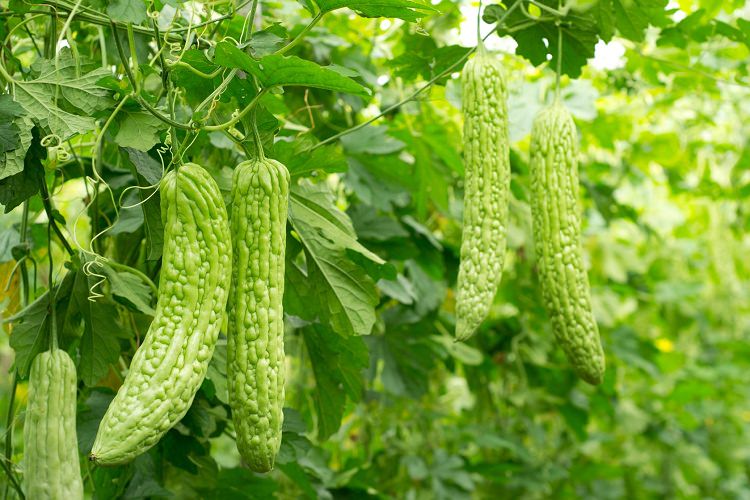
How to Grow Bitter Melon Growing Bitter Gourd in Pots Balcony Garden Web
Bitter gourd, bitter squash, balsam pear, goya, karelaAnnual (Perennial in tropical climates) Bitter melon grows best in USDA zones 9 to 11. The vines of this plant can reach a length of 16 feet. It grows best in full sunlight and in sandy or loamy soil that is well-drained. The pH level of the soil should range from 5.5 to 6.7.
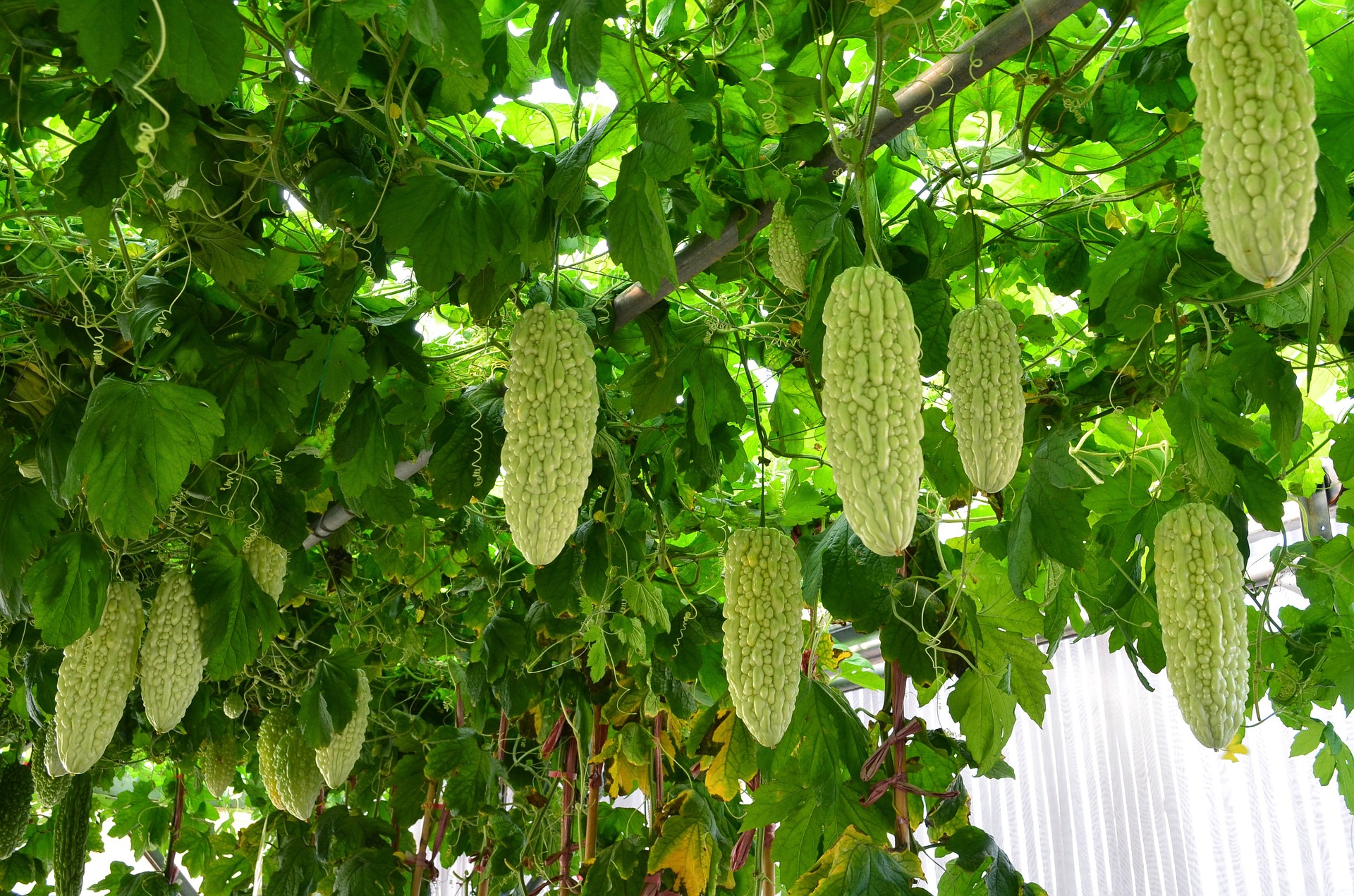
Bitter Melon AgriFutures Australia
Plant your bitter melon plants directly outside. Poke a hole in the soil with your finger and drop two or three seeds inside. Cover the hole with topsoil. If you plant several plants in the same space, the holes should be between 40 and 60 inches apart directly into the soil.

How to grow bitter melon with seeds easily for beginners YouTube
Growing bitter gourd (bitter melon) in pots is easy. Similar to squashes, cucumbers, and melons. You'll need a 12-16 inches deep pot and a sturdy trellis. However, the bitter melon vine can grow more than 5 m (16 feet) long. A trellis or any other support structure at least 5-6 feet tall is required.
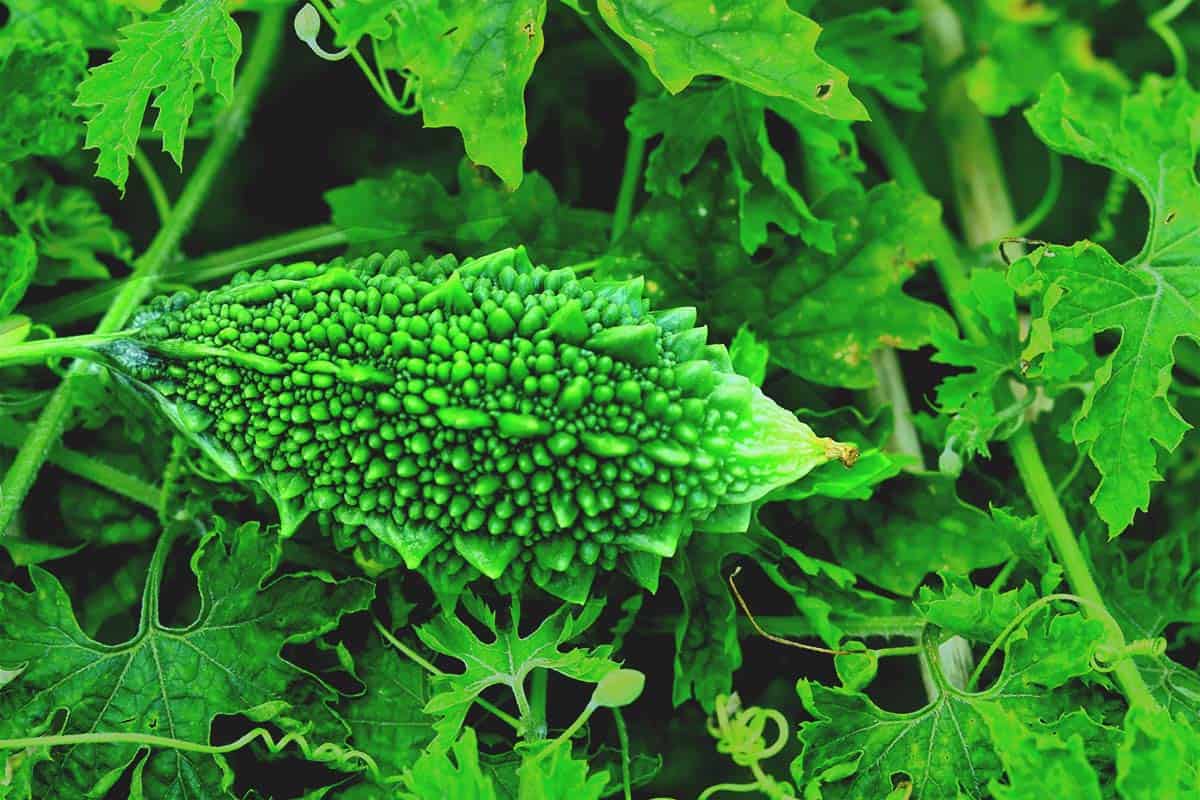
Bitter Melon Best Varieties, Growing Guide, Care, Problems, and Harvest
Growing bitter melon from seeds is a unique project, suitable for any level of grower with the correct climate and a long enough growing season. Bitter melon fruit adds interest and an uncommon flavor profile to your garden crops. Bitter melon grows on a vine. It has lobed leaves and grows similarly to any other cucurbit like squash, cucumbers.
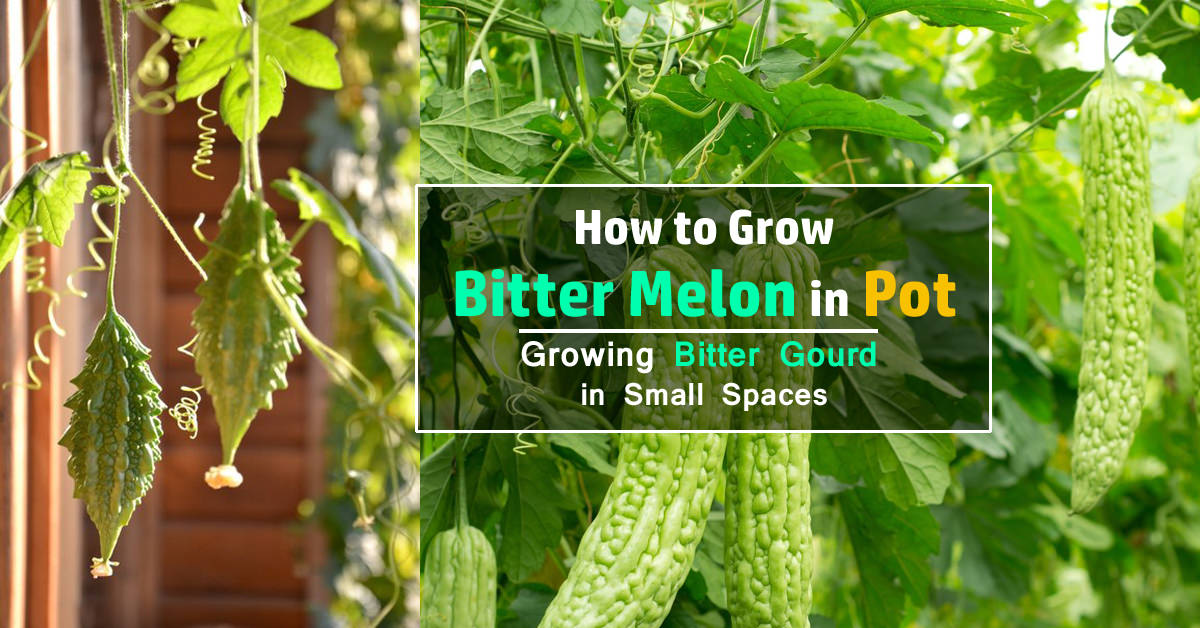
How to Grow Bitter Melon Growing Bitter Gourd in Pots Balcony Garden Web
Where to plant bitter melon. Bitter melons grow best in hot and humid climates. Choose a warm, sunny location—at least 6 hours each day-to plant. Plant bitter melons in compost-rich, well-drained soil with a pH ranging from 5.5 to 6.7. Prepare growing beds in advance of planting by adding aged compost and aged manure.
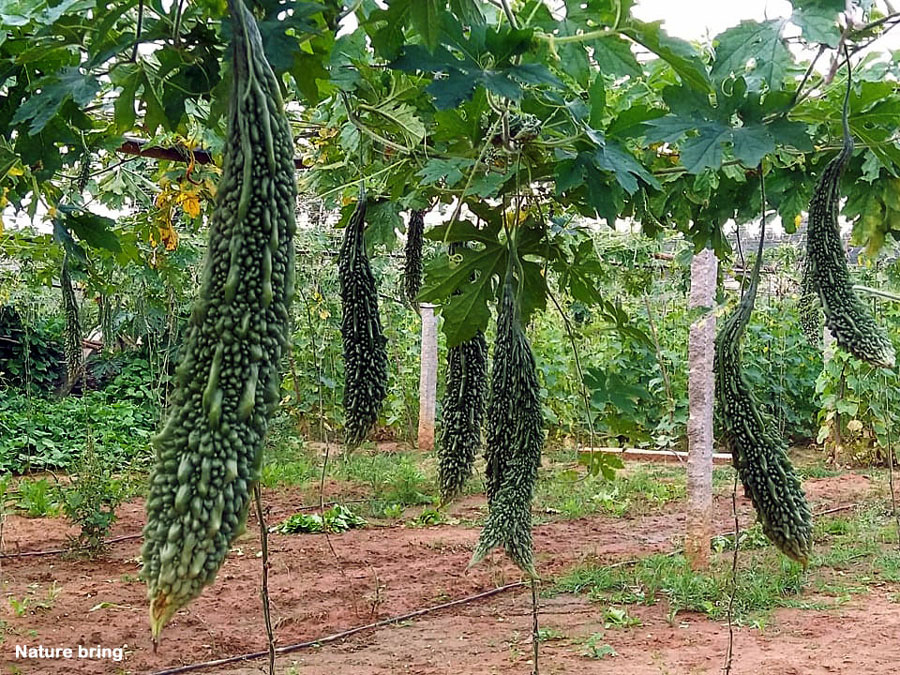
How to grow Bitter melon Growing Bitter gourd Momordica charantia Naturebring
While a name like bitter melon may make you think twice about eating this fruit, this Asian crop is very popular across the world and even here in the United States. Not to be confused with its small, weedy, toxic-seeded cousin, the Balsam pear, the larger cultivated bitter melon is an exotic-looking, yet easy-to-grow plant.

How to grow Bitter Melons update. YouTube
Bitter Melon Planting Guide and nutritional Information. Bitter melon grows on vines that up to 16 feet in length. They reach bloom relatively early, about between 4-6 weeks after sowing. Full sun is best, but they will tolerate partial shade in warm regions.